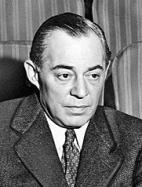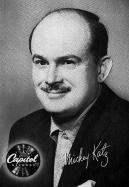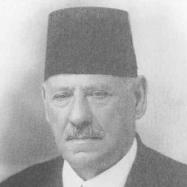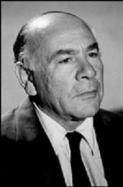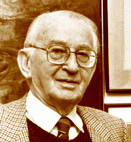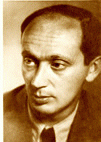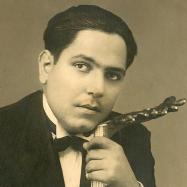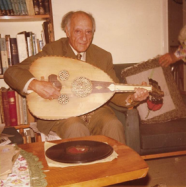(425 results found)
Richard Rodgers
… an American-Jewish composer, known largely for his work in musical theater. He was one of the most significant American … and his compositions had a significant influence on popular music. Biographies: Rodgers, Richard. Musical Stages: An … The Richard Rodgers Reader . New York: Oxford University Press, 2002. Hyland, William G. Richard Rodgers . New …
Mickey Katz
… Meyer Myron 'Mickey' Katz was an American musician and comedian who specialized in Jewish humor. Katz … for his parodies, but he created more traditional klezmer music as well. Although he was primarily a jazz musician, … by Josh Kun, foreword by Joel Grey. Wesleyan University Press: 2002. … Musician, comedian & radio …
Haim Effendi
… In spite of his unparalleled fame as a singer and musician during his lifetime, very few details about the … in one of the most important centers of Sephardi religious music, Edirne, where a local Jewish choir called Maftirim … 12) ,which was printed in Ruschuk (Bulgaria) at the Alcalay press and was typeset by the teacher and hazzan Nissim …
Emanuel Amiran (Pougatchov)
… fundamentals of Jewish culture. In Russia, Amiran began his music studies with Joel Engel and Prof. David Shor. In 1921, … Later, Amiran moved to Tel Aviv where he taught music at various schools and seminaries. He ended this work … the recordings scroll to the bottom of the web page and press one of the 'play' signs). Sources: Encyclopedia …
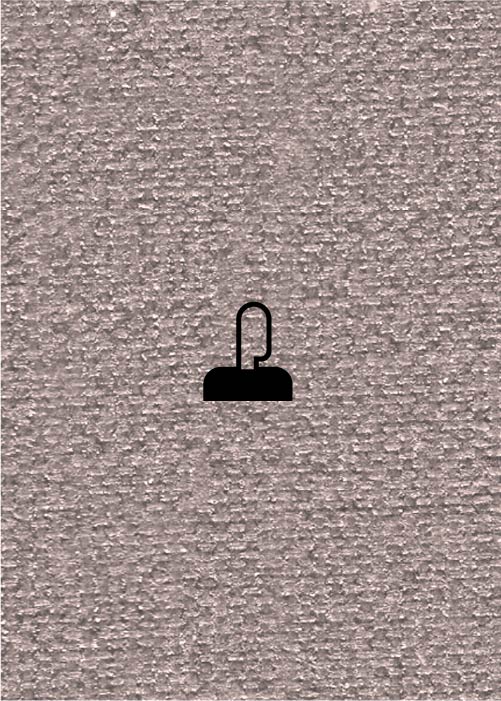
Abramo Dall' Arpa
… Italian musician. Member of the dall'Arpa family from Mantua, whose members were known as musicians and especially as harpists, hence the family name. … Music Online . Oxford Music Online. Oxford University Press. … Italian musician … Abramo Dall' Arpa …
Menahem Avidom
… 1955 to the end of his life, some of the most important music institutions in Israel, such as the Israel Composers’ … pieces, including ten symphonies, two cantatas and chamber music. One of several prominent composers who wrote … he was one of the leaders of the Mediterranean style , expressed in his works such as his first three symphonies, A …
Alexander Uria Boscovich
… and conductor), was the leading ideologist of Israeli music, exerting considerable influence on the second … opinionated, ideas concerning national identity in Israeli music. He studied with Nadia Boulanger and Paul Dukas, and … of local style, emphasizing the ultimate significance of expressions of the time (contemporary) and place (Eretz …

Shlomo ben Shimshon (Weintraub) Kashtan
… throughout Eastern Europe. Because of the exceptional musical and emotional power of his singing, he attained a … importance of Cantor Salomon in the writings of cantors and musicologists of the nineteenth and twentieth centuries. … being moved to tears when he intoned those tunes which express pain. He could, on a simple Shabbos , create the …
Salah El Kuweiti
… 17. He played violin, sang, composed, and achieved great musical fame in Iraq together with his brother, Daoud, who … preferred Iraqi style. He was very important to Baghdadi musical life – headed the Iraqi broadcasting channel ensemble and programmed its music for several years. The brothers immigrated …
Ezra Aharon ("Azuri")
… ‘ud player, singer, conductor, and performer of Arab art music. He was student of Tanburi Ibrahim Bey in Iraq and was … for the ‘ud at the 1932 International Congress of Oriental Music, Cairo. Aharon immigrated from Iraq to Israel in 1935 … Wolpe and the Avant-Garde Diaspora . Cambridge University Press. (in Hebrew) אמנון שילוח, 'עזרא אהרון ו'הזמר העברי …

